
Solved Questi On L Characterize Each Of The Following Chegg Com
Form a PDE by eliminating the arbitrary function (i) F ( x y z 2, x y z) = 0 (ii) F ( x y z, x 2 y 2 z 2) = 0 How do I proceed for any of these?Use the fminsearch function to determine the maximum of f (x, y) = 4x 2y x^2 − 2x^4 2xy − 3y^2 ENGINEERING Use a software package to determine the maximum of
F x y -f 0 0 /鈭歺 2+y 2
F x y -f 0 0 /鈭歺 2+y 2-Extended Keyboard Examples Upload Random Compute answers using Wolfram's breakthrough technology & knowledgebase, reliedPlot f(x,y,z)=x^2y^2z^2 Natural Language;
2
3 Find the PDE of all spheres whose centre lie on the (i) z axis (ii) xaxis 4 Form the partial differential equations by eliminating the arbitrary functions in the following cases (i) z = f (x y)(a) Given ϕ = x 2 − y 2 z, \phi=x^{2}y^{2} z, ϕ = x 2 − y 2 z, find ∇ ϕ \nabla \phi ∇ ϕ at (1, 1, 1) (1,1,1) (1, 1, 1) (b) Find the directional derivative of ϕ \phi ϕ at (1,1,1) in the direction i − 2 j kX^2=1 is a conjugate complex pair of lines, namely x=\pm i They intersect at the point at infinity in the y direction, ie have the real point (0,1,0) in common Projectively speaking, X^2Z^2=0
Prove that if x, y, and z are real numbers such that x2(y −z)y2(z −x) z2(x− y) = 0, then at least two of them are equal Solution An identity that holds for arbitrary x,y,z (in any commutativePlot sign(z (x^2 y^2)) Family Guy curves;You need to evaluate all second degree terms, 3x^2−2xy3y^2 In this case it will work, as the coefficients of x^2 and y^2 are equal, so that the terms 2\cos\theta\sin\theta XY will cancel
F x y -f 0 0 /鈭歺 2+y 2のギャラリー
各画像をクリックすると、ダウンロードまたは拡大表示できます
 |  | |
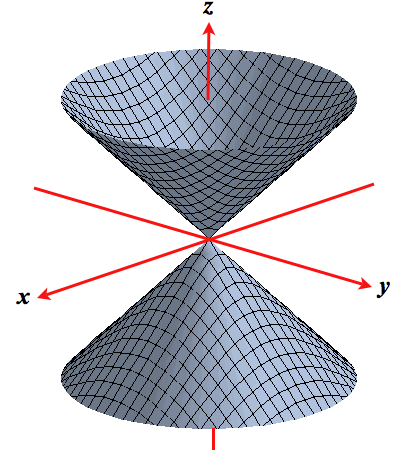 | 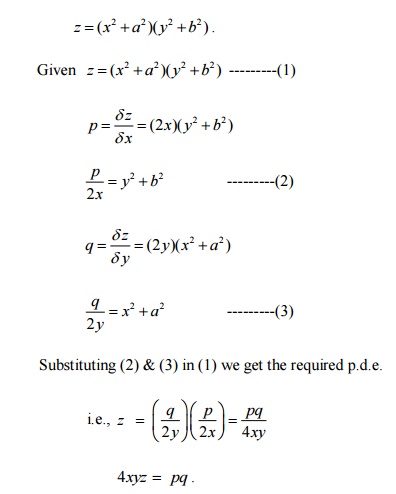 | |
 | 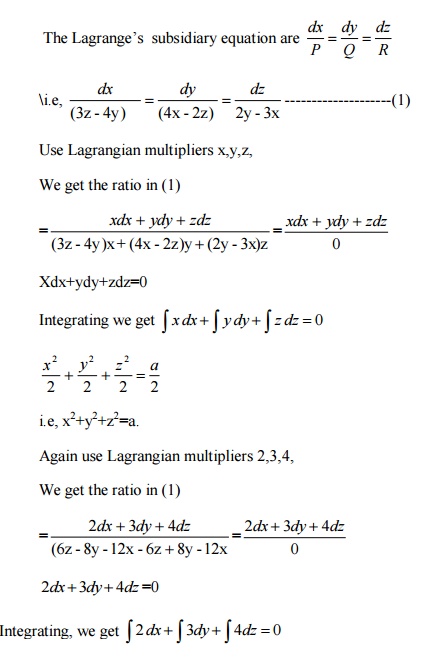 | |
「F x y -f 0 0 /鈭歺 2+y 2」の画像ギャラリー、詳細は各画像をクリックしてください。
 |  | |
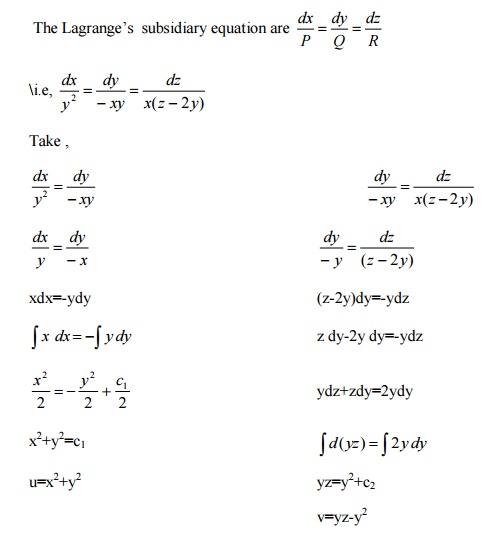 | ||
 |  | |
「F x y -f 0 0 /鈭歺 2+y 2」の画像ギャラリー、詳細は各画像をクリックしてください。
 |  | 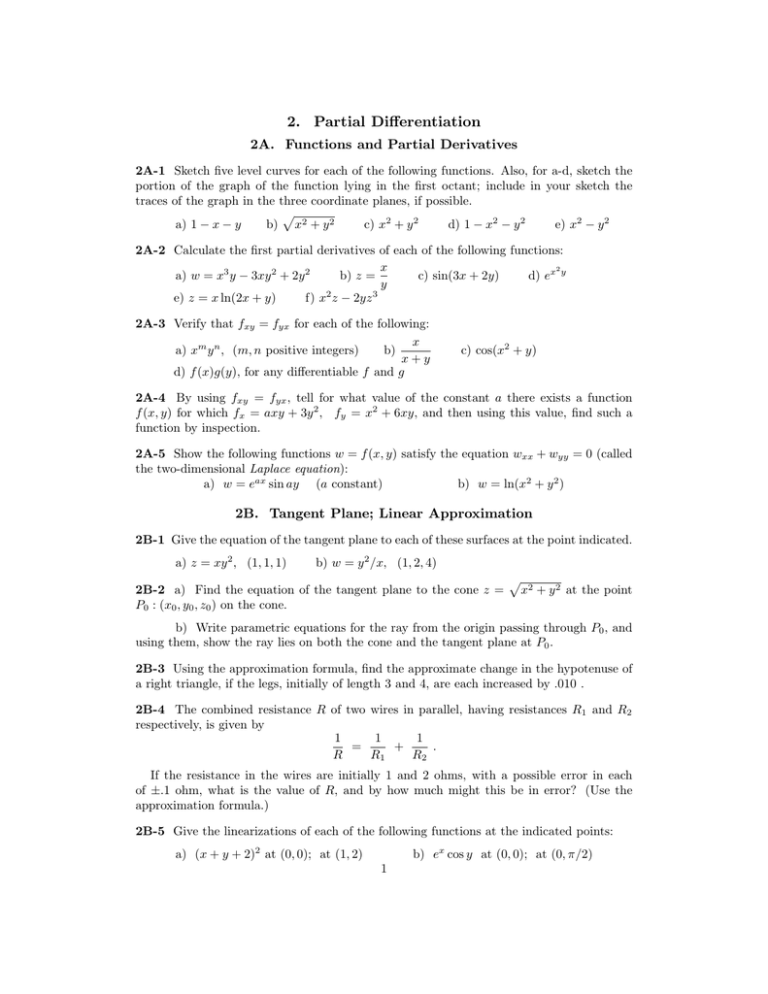 |
 |  | |
 |  | 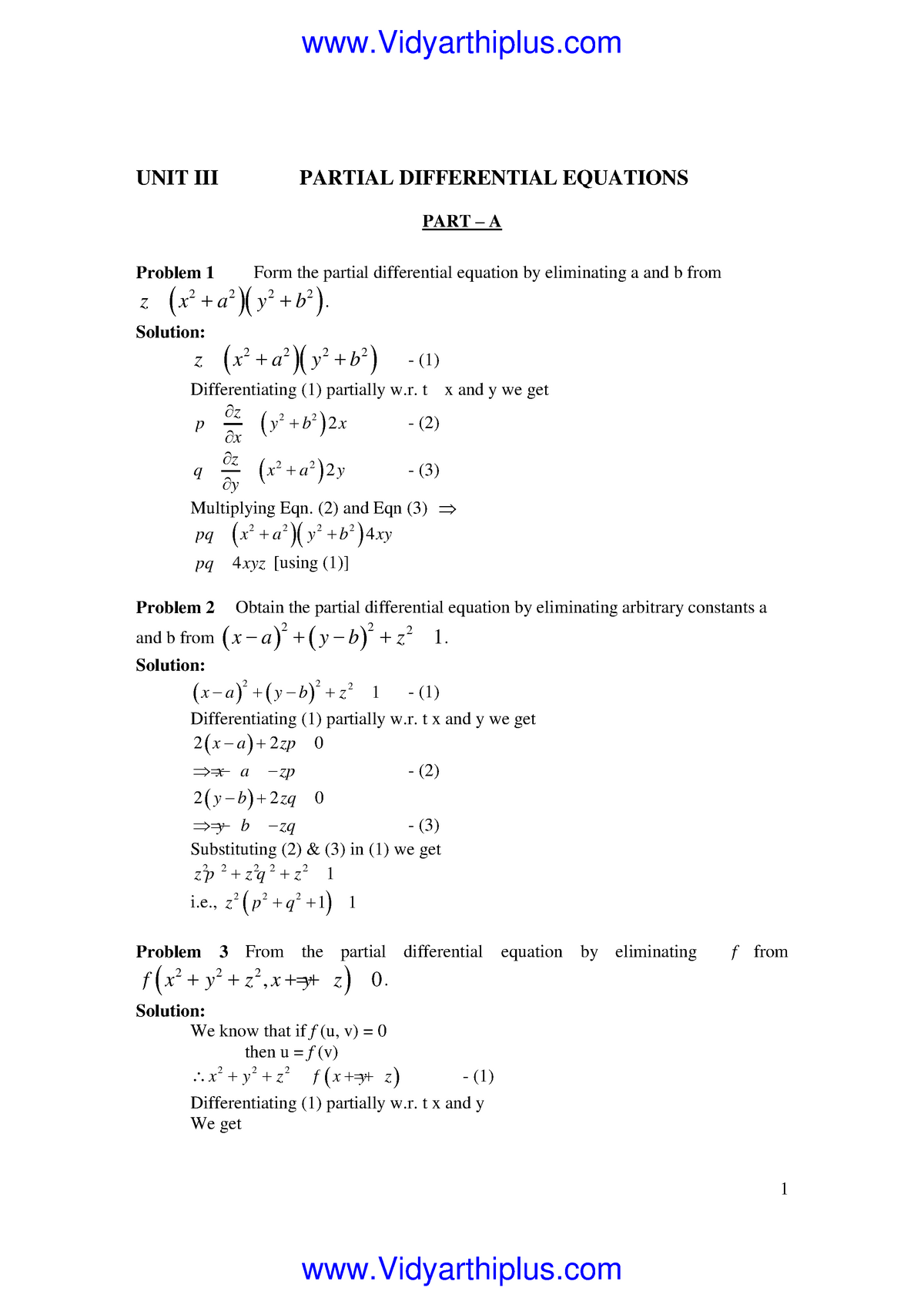 |
「F x y -f 0 0 /鈭歺 2+y 2」の画像ギャラリー、詳細は各画像をクリックしてください。
 | 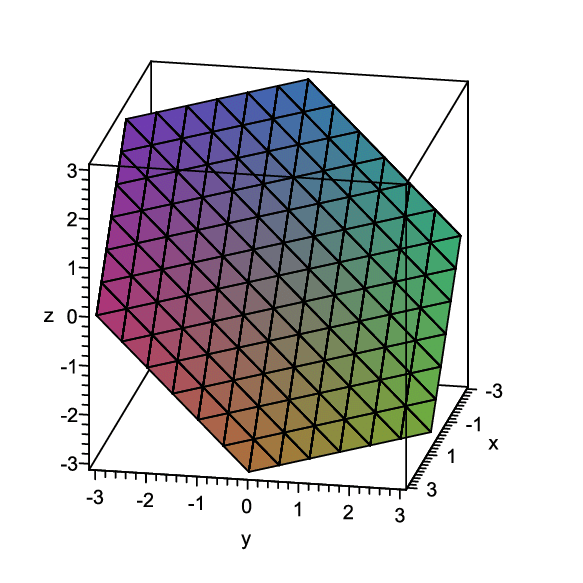 | |
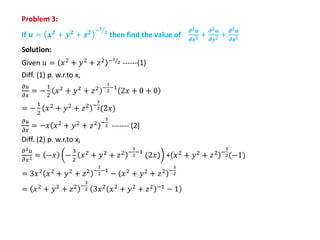 | 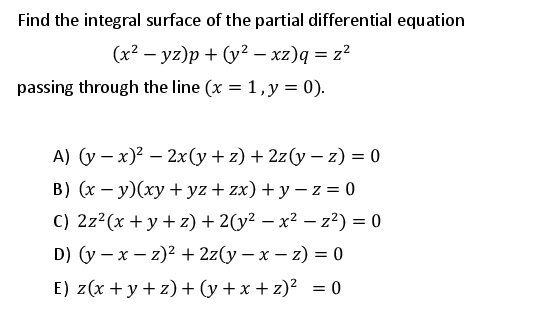 | |
 |  | 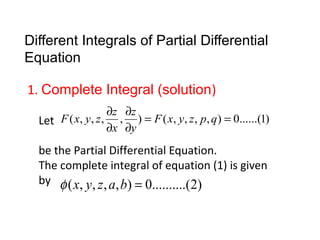 |
「F x y -f 0 0 /鈭歺 2+y 2」の画像ギャラリー、詳細は各画像をクリックしてください。
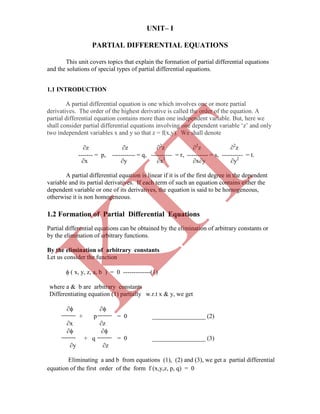 |  | |
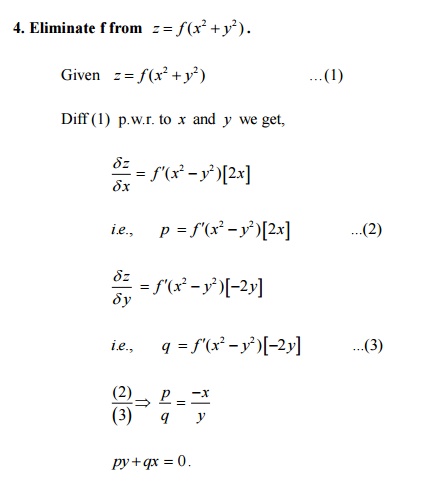 | ||
 |  | |
「F x y -f 0 0 /鈭歺 2+y 2」の画像ギャラリー、詳細は各画像をクリックしてください。
 | ||
 |  | 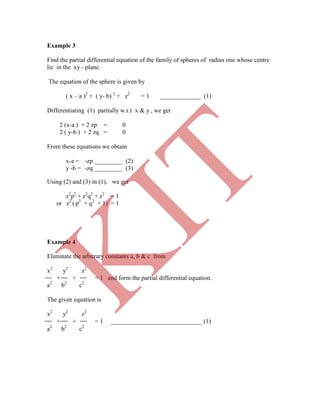 |
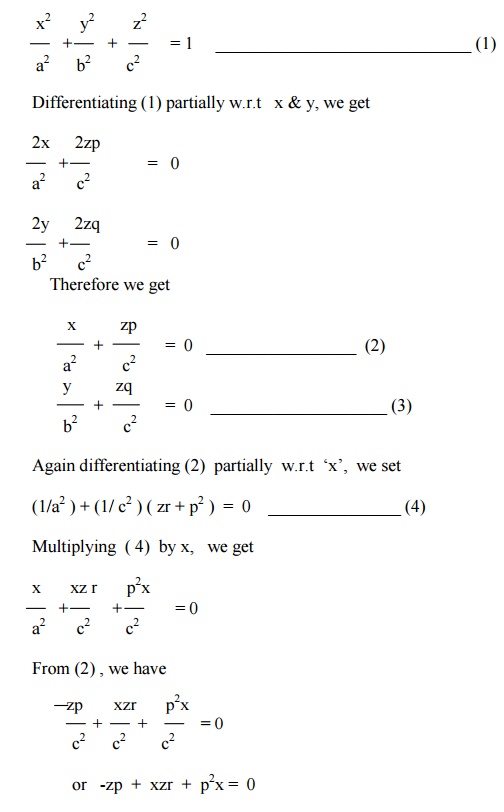 | ||
「F x y -f 0 0 /鈭歺 2+y 2」の画像ギャラリー、詳細は各画像をクリックしてください。
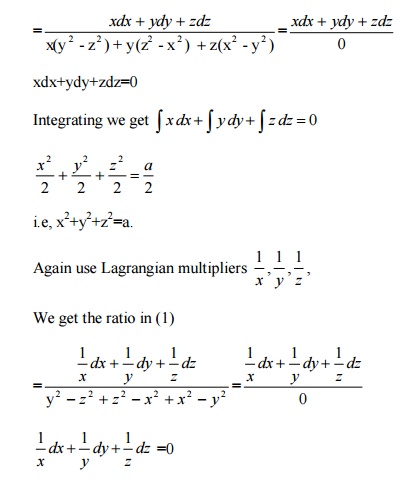 | 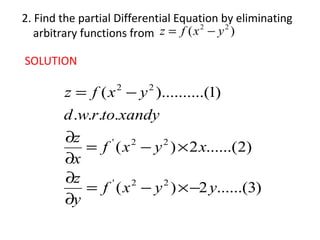 | |
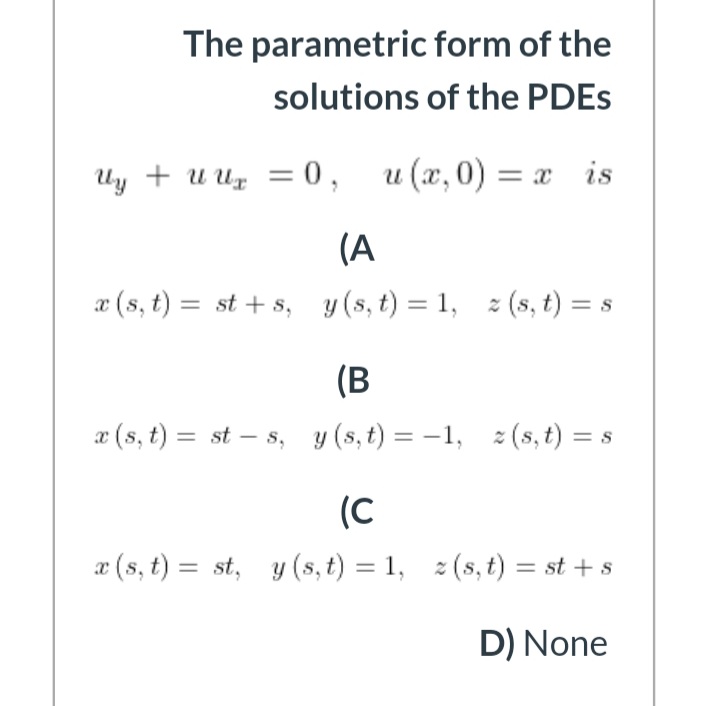 |  | 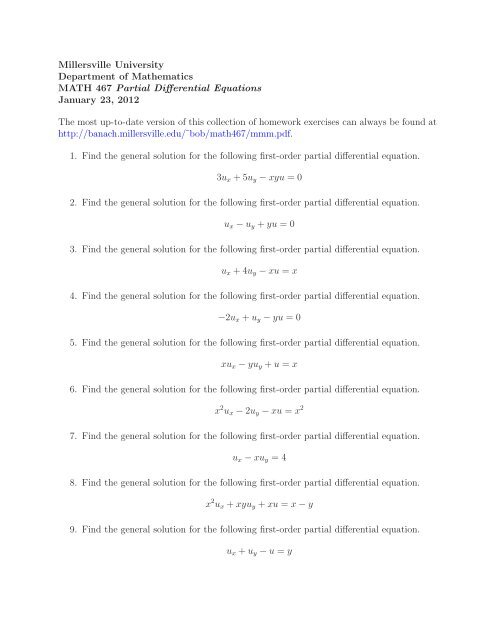 |
 | ||
「F x y -f 0 0 /鈭歺 2+y 2」の画像ギャラリー、詳細は各画像をクリックしてください。
 | ||
 | 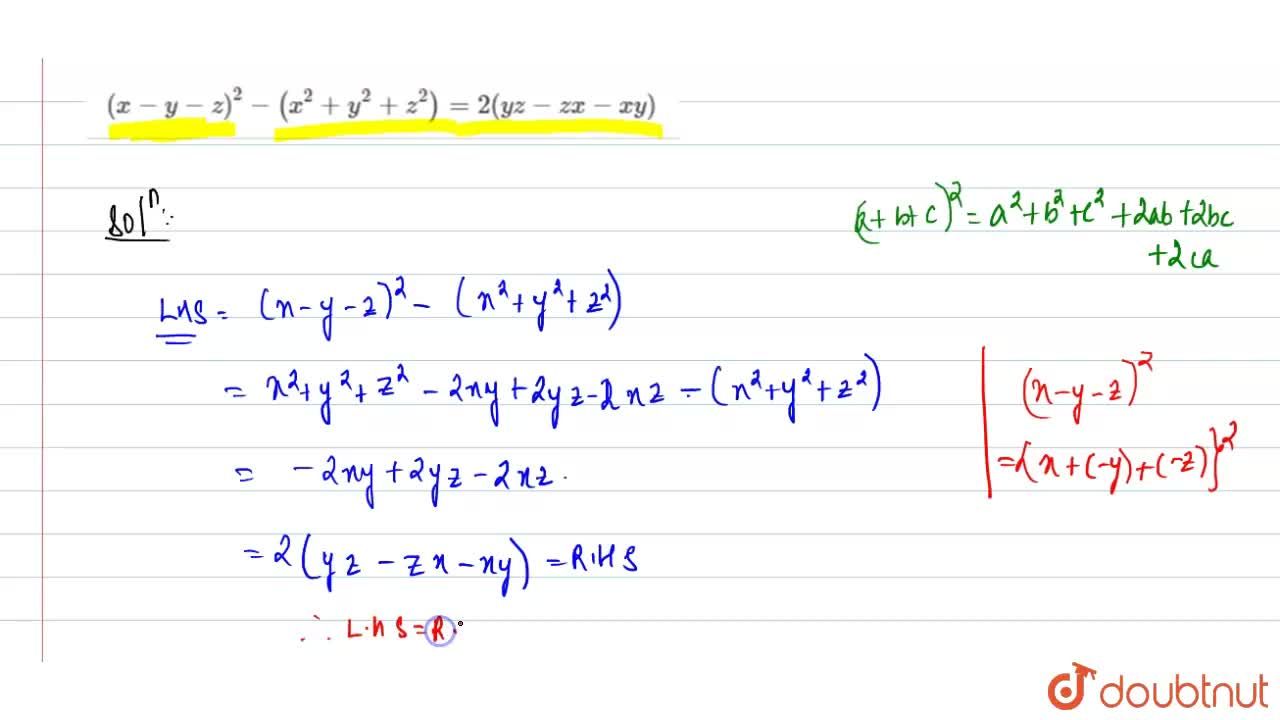 | |
 | ||
「F x y -f 0 0 /鈭歺 2+y 2」の画像ギャラリー、詳細は各画像をクリックしてください。
 |  | |
 | ||
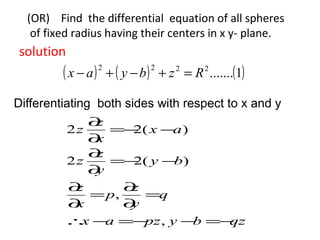 | 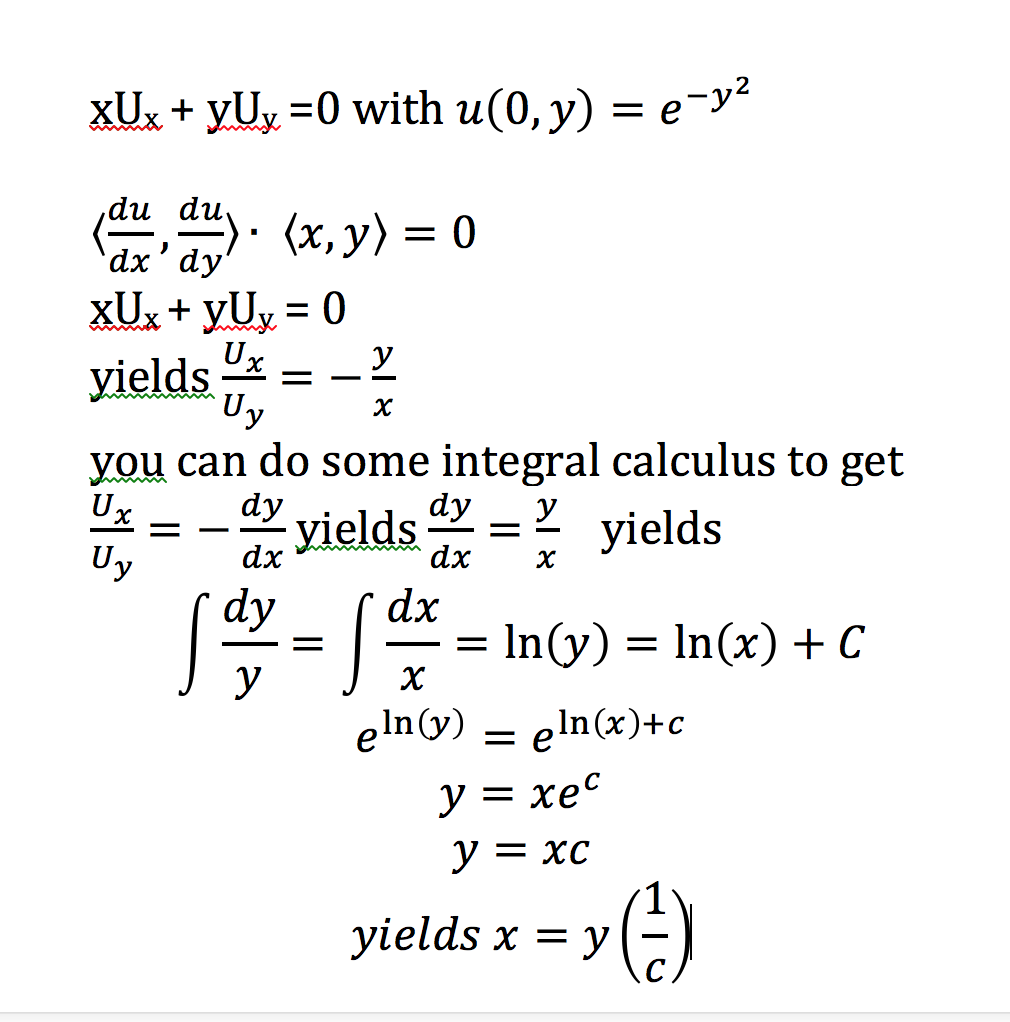 | 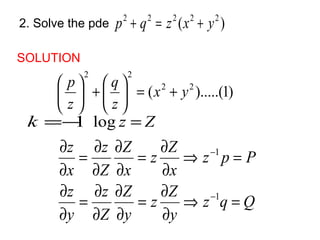 |
「F x y -f 0 0 /鈭歺 2+y 2」の画像ギャラリー、詳細は各画像をクリックしてください。
 | 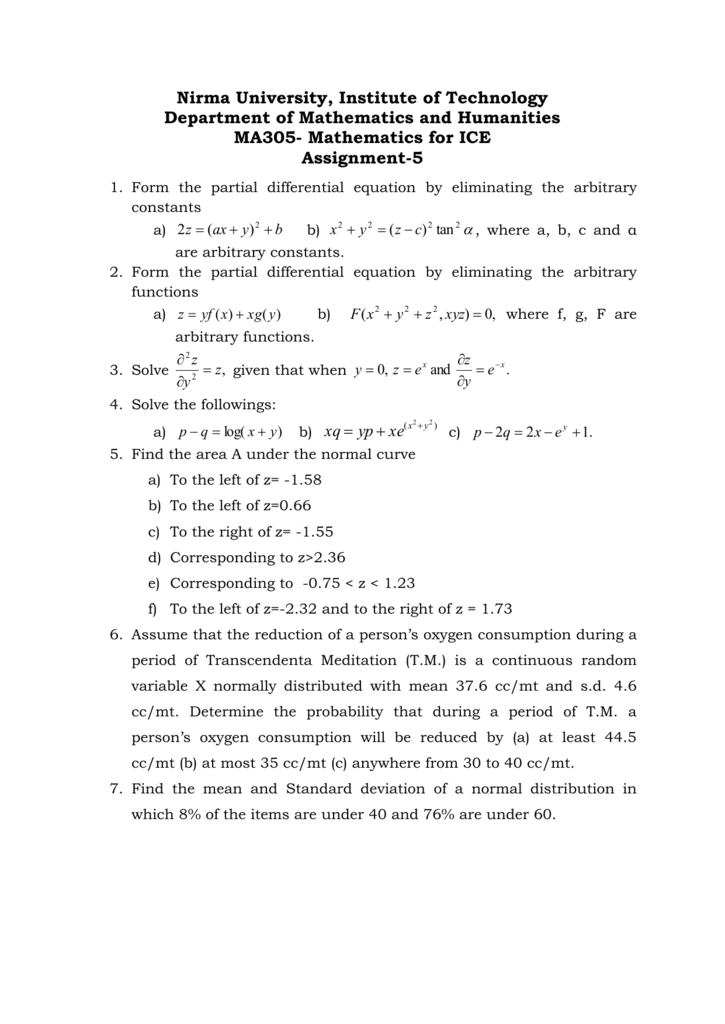 | |
 | 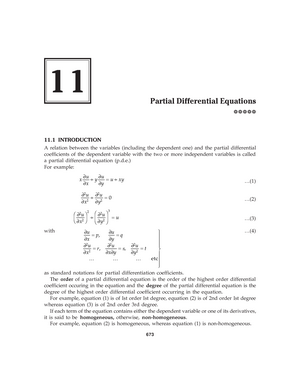 | 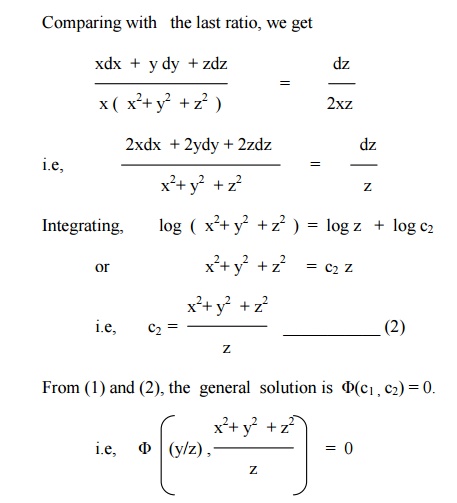 |
「F x y -f 0 0 /鈭歺 2+y 2」の画像ギャラリー、詳細は各画像をクリックしてください。
 |  | |
 | ||
 |  |  |
「F x y -f 0 0 /鈭歺 2+y 2」の画像ギャラリー、詳細は各画像をクリックしてください。
 |  | |
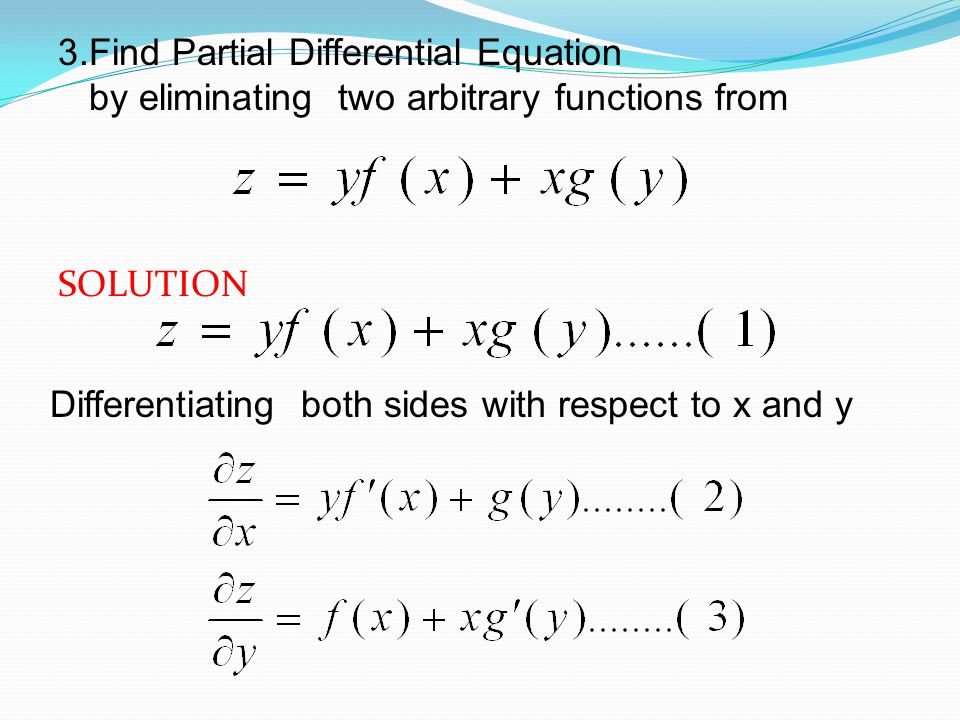 |
The case is dealt with by explcit counting So assume Let be the number of solutions acts on the set of solution by coordinatewise multiplication, where we have iff or ,Then x2 −y2 = y2 2ny n2 −y2 = 2nyn2 = n(2y n) Thus, n and 2y n must be complementary factors of 33 1 and 33, or 3 and 11 The first pair gives you 2y 1 = 33,
Incoming Term: f x y z x 2 y 2 z 2 0 pde, f x y z x 2+y 2+z 2, z z d √ x dxdy d x y x 2 + y 2 ≦ x, f x y x 2 + y 2, z f x 2-y 2 e xy, f x y z e xyz 2, def f x y 1 z 2, f x y -f 0 0 /鈭歺 2+y 2, f xy f x +f y f 2 1, f x y z xyz x2+2y2+3z2 6, x 2+y 2 1 0 z y, y x 2 z 0 y+z 1,



